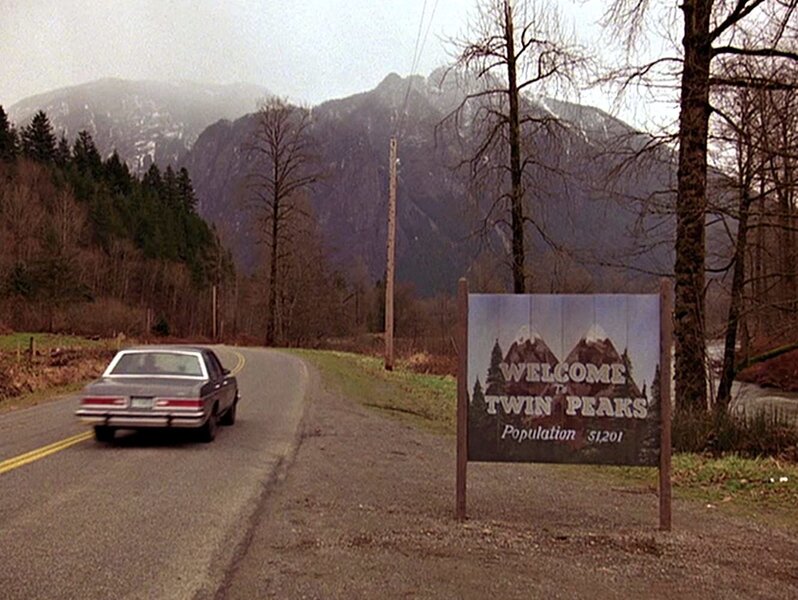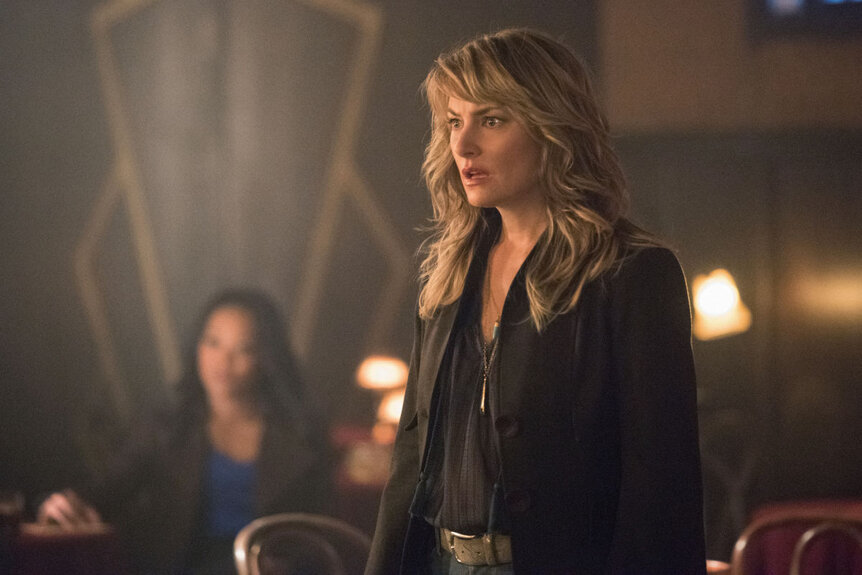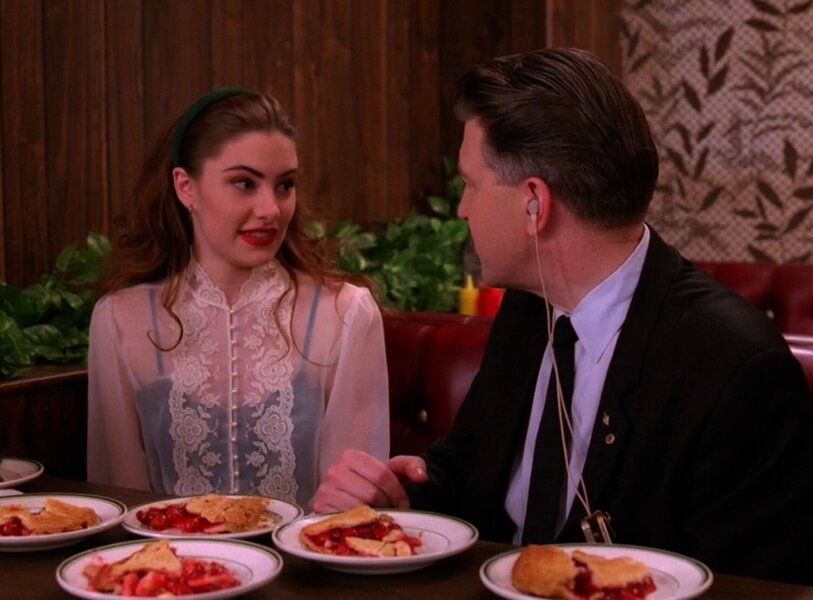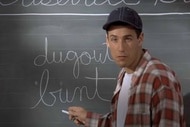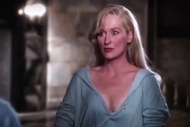Create a free profile to get unlimited access to exclusive videos, sweepstakes, and more!
Twin Peaks inspired a lasting legacy of smalltown weirdness in television
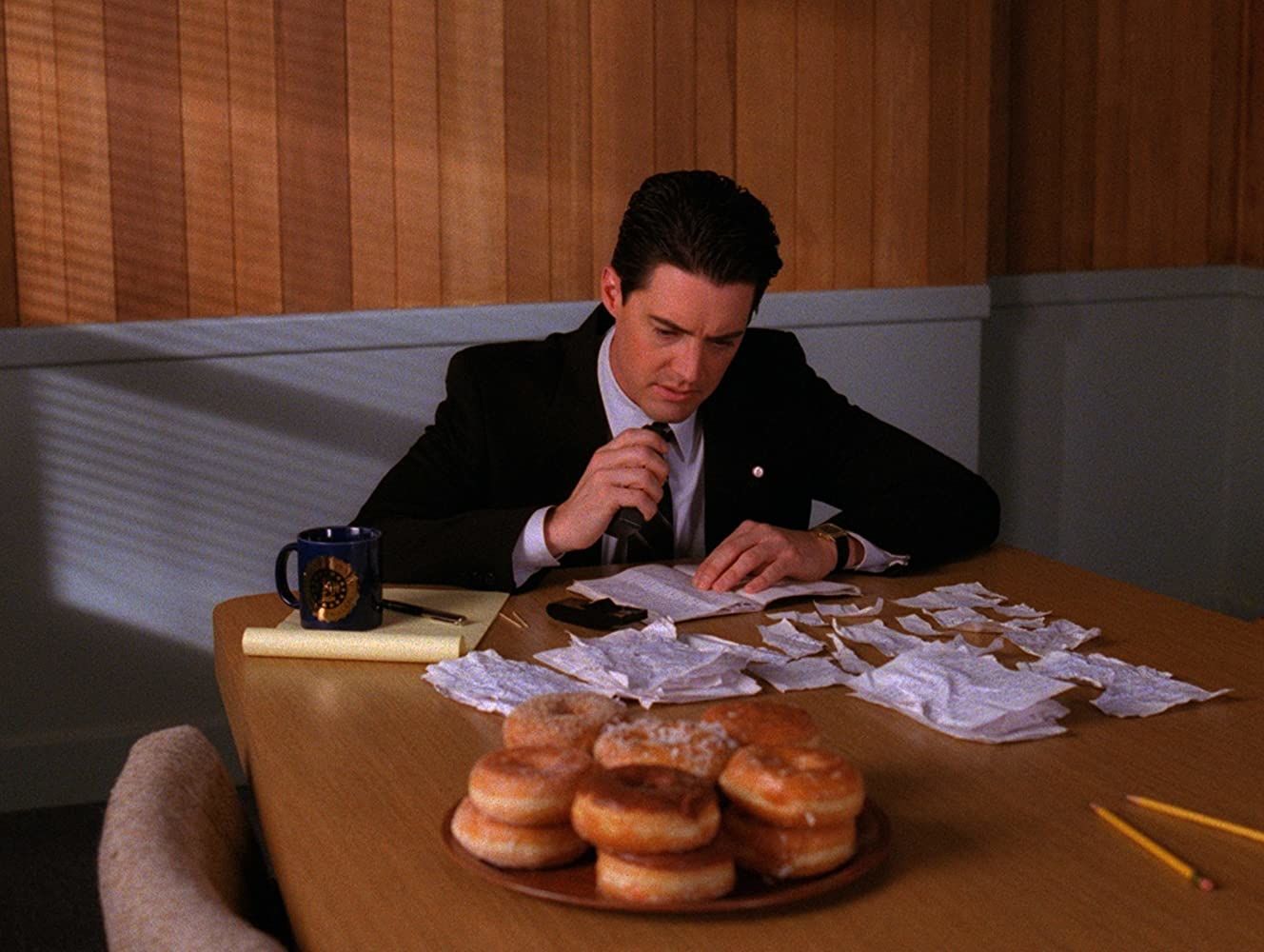
TV in the late ‘80s wasn’t a great time for genre fans. Though there were a couple of non-genre shows that were pushing boundaries like The Simpsons and Moonlighting, the vast majority of programming was adhering to established formulas for sitcoms and cop procedurals, like Cheers, Roseanne, and Miami Vice. But then, on April 8, 1990, a show challenged everything audiences thought possible on TV — and it all begins with a dead girl wrapped in plastic.
Co-created by indie auteur sensation David Lynch and the Emmy-nominated writer of Hill Street Blues, Mark Frost, Twin Peaks introduced us to a mystery that shocked not only a nation but an entire world. “Who Killed Laura Palmer?” skyrocketed into the watercooler topic of 1990 in a way that hadn’t been seen in the 10 years since J.R. Ewing got shot in Dallas.
Though the mystery of Laura Palmer’s death drove the story forward, what made the show memorable was its ensemble of quirky characters. Nowadays it has become a bit of a cliché to say that a story’s setting is a character in and of itself, but in the case of Twin Peaks, it is absolutely true.
The reason the weirdness of the story didn’t feel out of place was because of how weird the town itself was. The island from Lost, the titular towns from Riverdale and Gravity Falls, and Hawkins from Stranger Things are all small locations that are plagued by weird, inexplicable events that defy our idea of smalltown life, and they owe it to the town of Twin Peaks, Washington.
So to celebrate the 30th anniversary of Twin Peaks, we're going to look at the elements that made this a groundbreaking show, and why those are still being imitated today. So grab your cherry pie, take a damn fine cup of coffee, and let’s go to the Roadhouse to revisit the legacy of smalltown weirdness in Twin Peaks.
Including supernatural woods, whispering logs, alternate dimensions, and a general unsettling atmosphere, the town of Twin Peaks felt like a place that could exist in a world, though probably not our own. The idea of the small American town as a place of big secrets wasn’t entirely new — after all, it is Stephen King’s bread and butter — but when it came to TV, Twin Peaks made the idea of a charming small town that harbored unseen horrors and secrets a gold mine for stories.
The show took the nostalgia for classic Americana and bathed it in dark and mystical horror. Nearly every episode contains talk of a cup of coffee and a slice of pie (it’s probably not a coincidence that the characters eat cherry pie instead of apple), and the show includes popular all-American archetypes like the noble smalltown sheriff, the corrupt businessman destroying the integrity of the shown, the biker, and the jock. But Lynch and Frost use those tropes to explore the very collapse of the American innocence they often represent and to reveal a dark and unpredictable heart at its center.
It didn’t take long before other shows tried this formula. Just a couple of months after Twin Peaks' debut, CBS premiered Northern Exposure, which introduced us to a small town in Alaska that was as whimsical (and at times magical) as Twin Peaks was dark and full of backward-speaking entities. Likewise, Eerie, Indiana and Picket Fences also had similar “weird town” vibes that feel straight out of the Black Lodge. More recently, Atlanta was billed as "Twin Peaks with rappers" and though we didn't get dwarves, that show's setting does offer a lot of Lynch-inspired surrealism like recasting Justin Bieber as a black artist.
HBO's True Detective became a pop-culture supernova thanks to its combination of a dark smalltown mystery with increasingly Lovecraftian vibes that screamed Twin Peaks. And who doesn’t think of Twin Peaks when watching Riverdale? The CW teenage drama not only has directly referenced the David Lynch show, but it even shares some castmembers. (Hello, Mädchen Amick!)
Then there’s the vast, supernatural mythology of Twin Peaks, which baffled viewers in 1990 and continues to do so to this day (who can forget when The Simpsons parodied the weirdness of the show? Twice!). Before The X-Files connected all its stories into an overarching conspiracy involving UFOs, Twin Peaks gave us secret societies, giants, dwarves, dream horses, and alternate dimensions. This was possible because the show made its audience believe that the town of Twin Peaks was not like any other town, so weird and surreal things became acceptable.
The central murder mystery, combined with the supernatural occurrences of the town invited the audience to come up with theories and speculate as to what things really meant. Then other shows started running with this idea and made it a big part of their appeal.
The Sopranos did a very small-scale version of this with its surreal dream sequences, then Lost used its premise of a group of people stranded on an island as a jumping-off point, launching a vast mythology that kept expanding each season and welcomed endless speculation from its fans. Being that J.J. Abrams worked on that show, it's no surprise that he also gave us the multiple timelines of Fringe, and, most recently, the complex and confusing world of Westworld, which keeps throwing twists at its audience.
There’s a reason why people still cosplay as Twin Peaks characters, and why the show has inspired fan gatherings and conventions for 30 years. Even if the central mystery and the vast mythology made you want to watch the next episode, it was the characters that made you stick with the show week to week.
While The Simpsons was populating Springfield with dysfunctional and funny weirdos, Twin Peaks took archetypes from soap operas (and therefore real life) and turned their already prevalent eccentricity up to 11. There’s the town’s crazy old lady who talks to inanimate objects — only, in this case, she does seem to know more than she lets on — the idealistic federal agent who acts with almost child-like mannerisms, David Lynch himself as agent Gordon Cole, the regional bureau chief who always gets the best quotes, and the smooth and backward-speaking personification of an evil arm.
Twin Peaks, and its titular town, is filled with side characters who are as memorable as any protagonist, and nowadays, ensemble casts are common form. Just think of all the pictures of people cosplaying as vastly different Game of Thrones characters at Comic-Con, or fights over who is the best character on Lost or Stranger Things. We've come to expect shows to have a large number of side characters that feel as fleshed out or real as the protagonist, and though this existed way before Twin Peaks, there's no denying how much those characters stuck with the audience.
With every new season of TV bringing us more cop thrillers, mythology heavy stories, or ensembles of eccentric characters in a dark and small town, we should remember how none of it could be possible if Twin Peaks hadn’t eased audiences into accepting weirdness on their TV shows. All by combining them with a thrilling story — and endlessly compelling characters.
